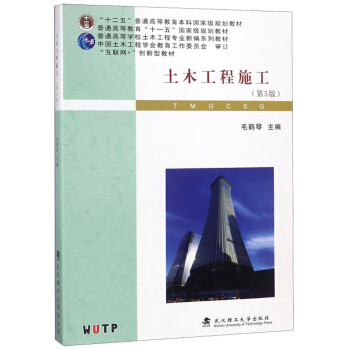农业与生物科学专业英语
作者: 谭万忠
出版时间:2015年11月
出版社:中国科技出版传媒股份有限公司
- 中国科技出版传媒股份有限公司
- 9787030459312
- 1-1
- 60272
- 0049167685-4
- 平装
- 16开
- 2015年11月
- 354
- 254
- S
- 生命科学
- 本科
本书可作为农林、生物和环境等学科各专业的本科教材使用,也可作为其他专业学者和英语爱好者的参考用书。
前言
Chapter 1 An Introduction toAcademic English
1.1 Concept of academic English
1.2 Academic English course
1.3 The academic English course book
1.4 Organizing your study
1.5 Strategies for English learning
Chapter 2 Learning New Words and Extending Your Vocabulary
2.1 General strategies and skills for learning new words
2.2 English word formation
2.2.1 Conversion of words
2.2.2 Word compounding
2.2.3 Abbreviation
2.2.4 Affixation
2.3 Word roots
2.3.1 Some common roots
2.3.2 Exploring the basics of roots
2.4 Word element
2.4.1 Origin of word elements
2.4.2 Some words and their element forms
Chapter 3 Techniques for Improving Efficiency of Reading English Literatures
3.1 Reading with a purpose
3.2 Using the title
3.3 Surveying a book
3.4 Surveying a text using first few lines of paragraphs
3.5 Surveying a text using the first and the last paragraphs
3.6 Scanning
3.7 Knowing meaning of words or phrases in context
3.8 Multiple reading skills by knowing the text organization
Chapter 4 Selected Readings in Biology and Agriculture
4.1 Microorganism
4.1.1 History
4.1.2 Classification and structure
4.1.3 Habitats and ecology
4.1.4 Importance
4.2 Agriculture
4.2.1 Etymology and terminology
4.2.2 History
4.2.3 Workforce
4.2.4 Safety
4.2.5 Agricultural production systems
4.2.6 Production practices
4.2.7 Crop alteration and biotechnology
4.2.8 Environmental impact
4.2.9 Agricultural economics
4.2.10 Agriculture policy
4.3 Systematics, taxonomy and classification
4.3.1 The importance of biological classification
4.3.2 Taxonomic hierarchies
4.3.3 The goals of classification systems
4.3.4 Phenetic systematics
4.3.5 Cladistic systematics
4.3.6 Constructing phylogenies
4.3.7 Taxonomic keys
4.3.8 Summary
4.4 Weed management in organic crop production
4.4.1 Prevention
4.4.2 Sanitation
4.4.3 Cultural control
4.4.4 Crop competition
4.4.5 Mechanical control by tillage
4.4.6 Harvest management
4.4.7 Other control methods
4.4.8 Allelopathy
4.4.9 Biological weed control
4.4.10 Conclusion
4.5 Genetically modified crops
4.5.1 Gene transfer in nature and traditional agriculture..
4.5.2 History
4.5.3 Methods
4.5.4 Types of genetic engineering
4.5.5 Business of GM crops
4.5.6 Uses, actual and proposed
4.5.7 Extent of worldwide use of GM crops
4.5.8 Examples of genetically modified crops
4.5.9 Effects on farming practices
4.5.10 Regulation
4.5.11 Controversy
4.6 Archaea: the life's extremists
4.6.1 Archaea fossil record
4.6.2 Archaea ecology
4.6.3 Archaea systematics
4.6.4 Archaea morphology
4.7 Plant genomics - sowing the seeds of success
4.7.1 Crop genomics: growing potential
4.7.2 Model behavior: lessons from Arabidopsis and Brachypodium
4.7.3 Sensing change: responses to the environment
4.7.4 The tree of life
4.7.5 Concluding remarks
4.8 Lichens: an alliance between kingdoms
4.8.1 Fossil record of lichens
4.8.2 Life history and ecology
4.8.3 Systematics of lichens
4.8.4 More on morphology of lichens
Chapter 5 Awareness and Correction of Errors in Writing
5.1 Some common causes of error
5.2 Errors and corrections in standard usage
5.2.1 Cases of nouns and pronouns
5.2.2 Agreement of verb with subject
5.2.3 Agreement of pronoun with antecedent
5.2.4 Agreement of denominative adjective with its object
5.3 Unity and coherence in the sentence
5.3.1 Unity of thought
5.3.2 Unity of structure
5.3.3 Coherence
5.4 Errors and correction in spelling
5.4.1 Some effective ways of reducing misspelling
5.4.2 Some pr















